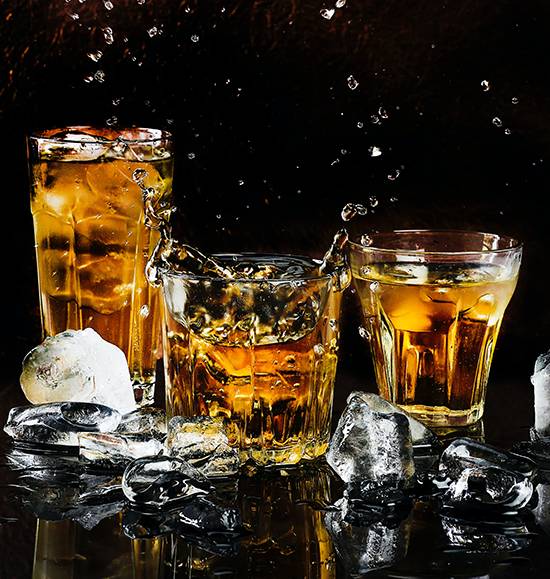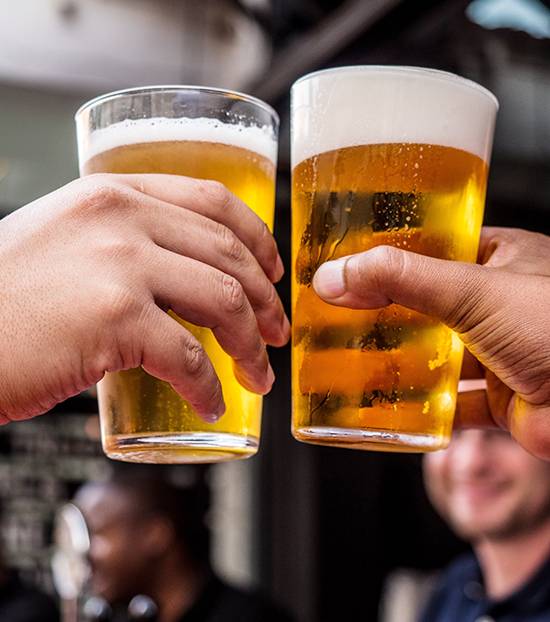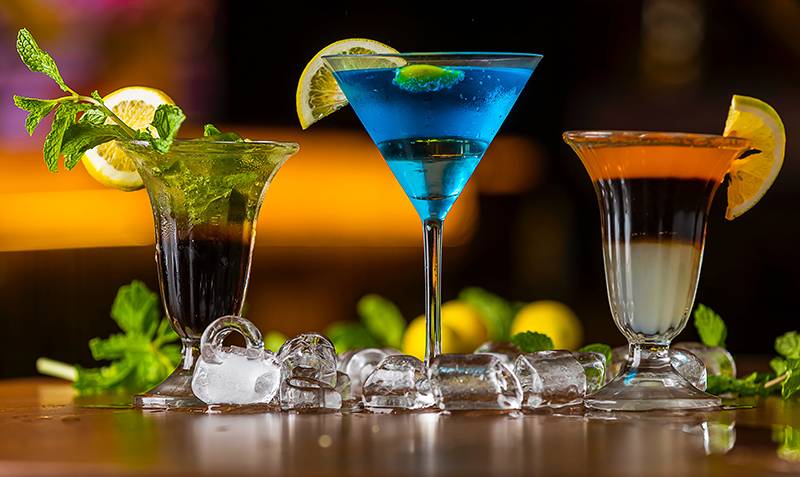Why you should have a dry January
Sugar is not the only thing you should remove from your diet if you want to detox from the excesses of the holidays. Alcohol should probably also be on your list, too.
Millions of people worldwide abstain from alcohol in January. The Dry January challenge began in 2012 as a public health initiative of the British charity, Alcohol Change UK. The challenge is not to drink beer, wine, or spirits for a solid month.
Why January? Because most of the parties, gatherings, and reunions we had in the previous few months involved alcohol. Research confirms that cutting out alcohol even for one month can spell noticeable differences. Regular drinkers who abstain for one month will sleep better, have more energy, and could lose weight.

while staying sober for 30 days.
Participants in a study even lowered their blood pressure, cholesterol levels, and cancer-related proteins in the blood. If you think 30 days is too long, then maybe you can prepare strategies to last through it. When you find yourself at socials, choose mocktails, sparkling water or soda instead of your favorite alcoholic fix. Remove or hide your alcohol stash. What you don’t see, you’ll hopefully forget.
According to the National Institutes of Health (NIH) of the United States, the pandemic prompted the biggest hike in alcohol consumption in 50 years. Diseases, hospitalizations, and deaths linked to alcohol spiked as well.
While the pandemic multiplied the increase, the trend pre-pandemic was already upward. In the US, 25 percent of people 18 and older qualified for heavy drinking (at least five drinks for men and four for women within two hours). Heavy drinking can lead to heart and liver damage, cancer risk, weak immune system, bad memory, and mood disorders.

Any food or drink elimination can trigger withdrawal symptoms especially if you don't know you are addicted. Mild alcohol withdrawal symptoms include anxiety, shaky hands, headache, nausea, vomiting, sweating, and insomnia. Some even experience severe symptoms after two to three days such as hallucinations, delirium, racing heart rate, and fever.
George Koob, Ph.D., director of the National Institute on Alcohol Abuse and Alcoholism (NIAAA), verified that they have seen higher levels of disease and death linked to alcohol use in the last few years.
“Drinking because of a big crisis is not unusual. For example, we saw spikes in alcohol use in response to the 1993 bombing of the World Trade Center. Alcohol consumption by Black and African Americans in New Orleans almost tripled when their communities were devastated by Hurricane Katrina in August 2005. Many people drank more after the 9/11 attacks,” Dr. Koob recounted.

Rest from alcohol. Your body will thank you for it.
“The COVID-19 pandemic was similar to other major catastrophes as it caused widespread illness and loss of life. But there was another factor that really affected people: isolation from their fellow human beings. People had to maintain social distancing to slow the spread of COVID-19. For many, stress from the pandemic, including from social isolation, resulted in an increase in drinking,” he said.
“During the first two years of the pandemic, the number of death certificates listing alcohol as a factor soared from 78,927 to 108,791—an increase of nearly 38 percent. We saw the largest increases in deaths related to drinking among people between the ages of 25 and 44,” said Dr. Koob.
“We’ve also seen more people end up in hospitals due to alcohol misuse and its consequences, including withdrawal symptoms and liver disease. People seeking liver transplants because of alcohol misuse are younger than ever, with many transplant centers reporting that some of their patients haven’t even reached the age of 30. Unfortunately, deaths due to alcohol-linked liver disease increased by more than 22 percent during the pandemic,” he added.

“The good news is, there’s been a big change in our conversation about alcohol, especially for young people: Dry January, ‘sober curious,’ Sober October, mocktails, zero-proof wine and beer, and dry bars are spreading across the United States. These trends reflect a greater awareness of alcohol’s harmful effects and can inspire behavior change,” he reported.
In the Philippines, the Institute of Health Metrics and Evaluation estimated that in 2019, a total of 39,802 Filipinos died from causes linked to drinking alcohol. The estimated expense that the government spends annually for treating alcohol-related illnesses, policing alcohol-involved crimes, and picking up burial expenses for those killed by drinking is a whopping P200 billion.
During the pandemic, a Department of Health survey showed that an estimated 40 percent of Filipino adults reported drinking alcohol. While that is only up by five percent compared to previous years, the percentage of those engaged in heavy drinking 33 percent is almost three times the 2016 level of 12 percent.


